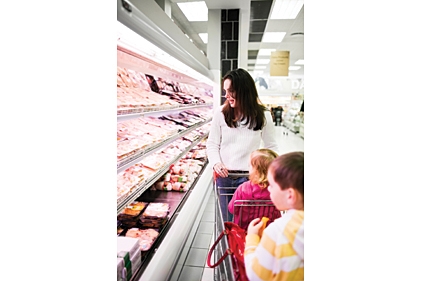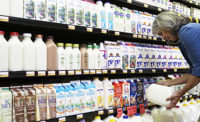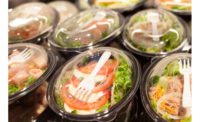Specialty Food Sales Top $100B for the First Time

The specialty food industry is a bright spot in the U.S. economy. In 2014, sales of specialty food topped $100 billion for the first time, with retail and foodservice sales reaching a record $109 billion, according to a new report from the Specialty Food Association, New York.
In fact, retail sales of specialty food sales grew 19% from 2012-2014 vs. a tepid 2% increase for all food. The industry, fueled by small businesses, now boasts 15 segments that exceed $1 billion in sales, including cheese, coffee, meat, poultry and seafood, chips, pretzels and snacks, candy and yogurt.
The “State of the Specialty Food Industry 2015” report, which was produced in conjunction with Chicago-based research firms Mintel International and SPINS/IRI, tracks U.S. sales of specialty food through supermarkets, natural food stores, specialty food retailers and foodservice venues. Specialty foods are broadly defined as products that have limited distribution and a reputation for high quality.
"The time is now for specialty food," says Ron Tanner, vice president of philanthropy, government and industry relations for the Specialty Food Association. "Consumers are looking for new tastes, foods with fewer and cleaner ingredients, health attributes and products that are made by companies with values they care about. All of these define specialty food."
The Top 10 best-selling categories have shifted since 2013. Cheese still tops with $3.7 billion in sales, but coffee and cocoa jumped over refrigerated and frozen meat, poultry and seafood to claim second place. Bread and baked goods entered the Top 5, bumping out yogurt. Nuts, seeds, dried fruits and vegetables made it into the Top 10 with $1.3 billion in sales in 2014.
The fastest growing categories in unit sales are refrigerated pasta and pizza sauces, up 78% since 2012, followed by refrigerated pasta and eggs, both up 53%. Other notable gainers in unit sales are functional beverages, nut and seed butters and energy bars and gels. Overall, unit sales of specialty foods grew 13.6%.
Retail sales of specialty foods hit a record $85.5 billion in 2014, representing 78% of total U.S. sales of specialty foods. Foodservice sales account for the other 22% of all specialty food dollars, reaching $24 billion in 2014. Foodservice is an increasingly important sector, with an impressive growth of 30.7% since 2012.
Retailers interviewed for the report said "local" is the most important product claim today, and predict it will remain so in three years. Some 66% of those surveyed sell products with non-GMO claims.
Looking for a reprint of this article?
From high-res PDFs to custom plaques, order your copy today!




